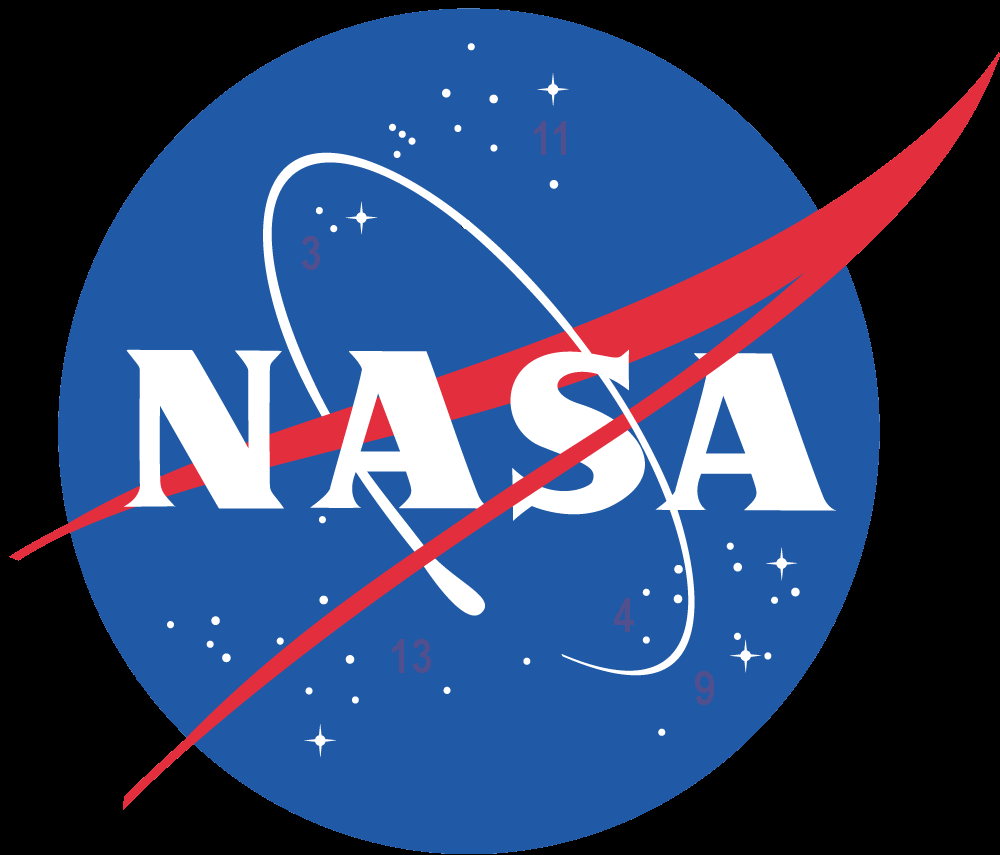NASA Begins Work on 3D Printed Telescopes

Latest News
August 19, 2014
Humans have always been fascinated with space. The earliest attempts at understanding our place in the universe came as a result of staring up at the starry night sky and interpreting what we saw. Telescopes improved our ability to see into space and led to the realization that the universe did not, in fact, revolve around us.
Fast forward a few hundred years and NASA is hard at work figuring out new ways to build telescopes. Aerospace engineer Jason Budinoff has decided to work with additive manufacturing (AM) to construct a number of test telescopes, with the goal of eventually printing out all the pieces required to build a new telescope.
 An exploded view of the CubeSat-class telescope manufactured with 3D printed parts. Courtesy of NASA.
An exploded view of the CubeSat-class telescope manufactured with 3D printed parts. Courtesy of NASA.While he might be a fan of the technology, Budinoff isn’t pursuing the research simply for his own amusement. As is the case in other areas of technology, leveraging AM to build parts allows for a freedom of design that isn’t possible with traditional methods. 3D printed parts can be built lighter than standard parts, while still retaining the same strength and durability. Cost of parts can also be a factor.
“When we build telescopes for science instruments, it usually involves hundreds of pieces,” said Budinoff. “These components are complex and very expensive to build. But with 3D printing, we can reduce the overall number of parts and make them with nearly arbitrary geometries. We’re not limited by traditional mill- and lathe-fabrication operations.”
Budinoff’s first attempt at a 3D printed telescope will be placed inside a CubeSat. With design space limited, the resulting telescope is planned as a 50mm (2 in.) device with the outer tube, baffles and optical mounts all printed as a single part. The telescope will be finished by adding mirrors and glass lenses that were produced in a more traditional manner.
If the CubeSat project is successful, it will help pave the way for future 3D printed telescopes by acting as proof of concept.
Budinoff is also examining the possibility of 3D printing telescope mirrors using powdered aluminum. After the build is complete, Budinoff plans on placing the mirror in a pressure chamber filled with inert gas. At 15,000 psi, the heated chamber will smooth out the aluminum’s surface using a process called hot isostatic pressing. As one of the most expensive parts of a telescope is traditionally the mirror, AM could massively reduce costs.
“We think this, combined with the deposition of a thin layer of aluminum on the surface and Goddard-developed aluminum stabilizing heat treatments, will enable 3D-printed metal mirrors,” said Budinoff.
NASA is one of the biggest proponents of 3D printing, researching its use for everything from 3D printed satellites to building a base of operations on the moon. Below you’ll find a short video that looks at the history of telescopes.
Source: NASA
Subscribe to our FREE magazine, FREE email newsletters or both!
Latest News
About the Author
John NewmanJohn Newman is a Digital Engineering contributor who focuses on 3D printing. Contact him via [email protected] and read his posts on Rapid Ready Technology.
Follow DE





